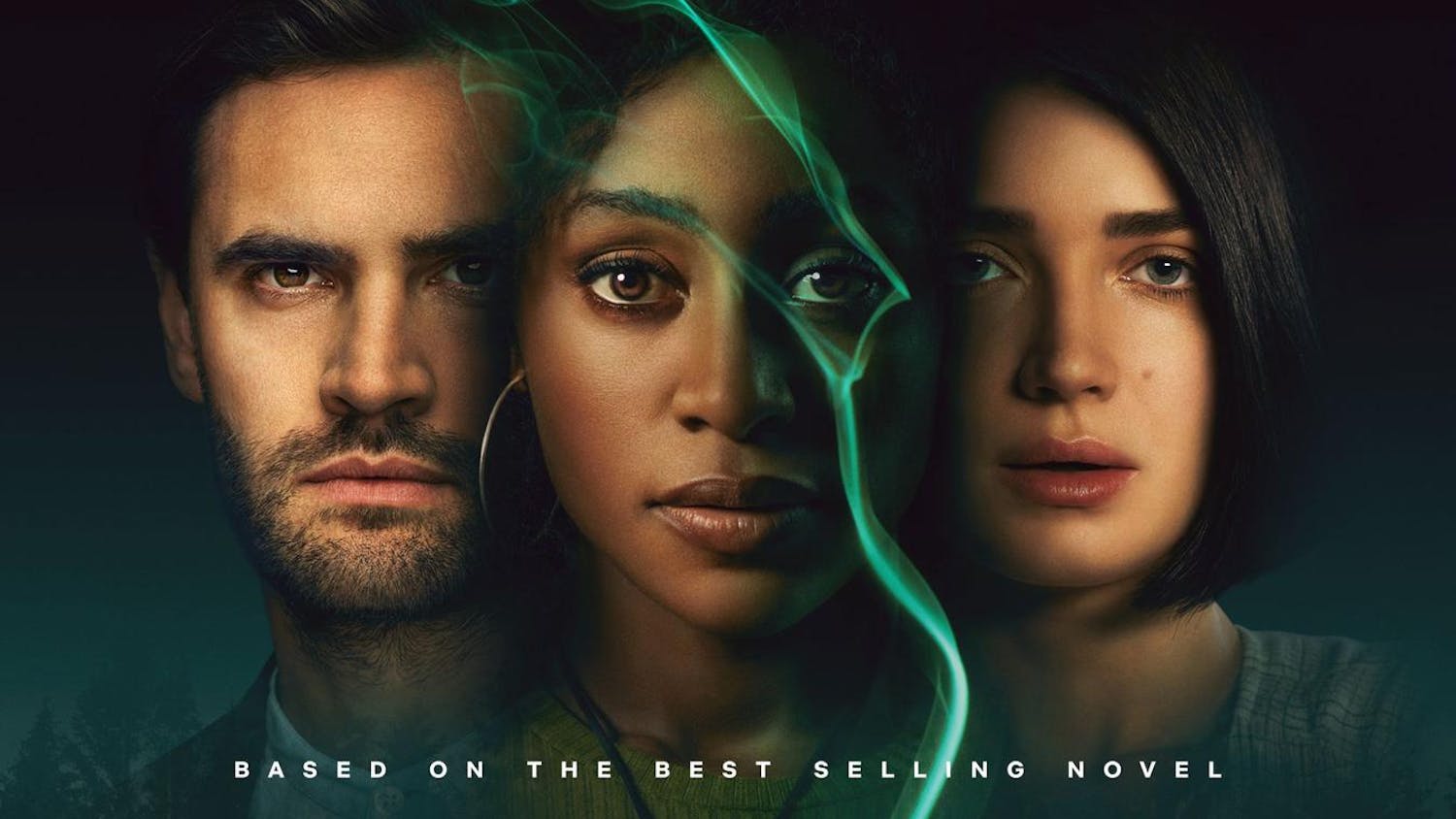One restless night last December, I woke up, left my room and, under the flickering white lights of a Low Rise bathroom, cut microbangs with hot pink kids’ craft scissors. They fell just a few inches below the top of my hairline — flat, straight and, frankly, jarring. “What the hell did you do with your hair?” is the first response I would receive from my friends. It was the response I hoped for. Satisfied, I put my scissors down and went back to sleep.
Looking back on it, I realize that much of what I do is for shock value and the excitement of being different. Wanting to be different itself isn’t a bad trait; it’s from the want to be different that people find out what makes them who they are. But, when this desire roots in insecurity or an unrealized identity, the problem becomes this: if you revolve your identity around being unique, who are you outside of the context of the people around you?
On the surface, it is not immediately clear why the manic pixie dream girl trope is harmful. First characterized by film critic Nathan Raban in 2005, the term describes a whimsical female character whose sole purpose in media is to develop the character of a male lead. Examples of such characters include Summer from 500 Days of Summer, Ramona Flowers in Scott Pilgrim Vs. The World and Claire from Elizabethtown. These women are often beautiful, quirky and unattainable. They appear with a flourish, bringing color and a sense of childish adventure into the dull, brooding and introspective lives of a male lead. They show him another world before disappearing — leaving the men with a changed outlook on life.
The MPDG is different. This is made exceedingly clear. Let’s take Summer from 500 Days of Summer. Young, bubbly and beautiful, she disrupts protagonist Tom’s life with her vivacious energy. She’s not like other girls: she enjoys rock music and vinyl records. She is bold yet demure, adventurous yet not overbearing, childish yet insightful. She doesn’t want a relationship like other girls do.
At first, she seems like a dynamic character. We are given brief glimpses of her outlook of life: “I don’t believe in love,” she tells Tom at one point. But as the movie progresses, we are not given anything else. We don’t know how she came to that conclusion. We don’t get to know her dreams or fears or motivations. We see her through the eyes of Tom, who sees her as an idea rather than a human.
In her essence, the manic pixie dream girl is a product of the male gaze. She represents an idealized form of short-term romance. The MPDG drowns the male lead in her kitschy energy, allowing him to walk away from the relationship fundamentally changed — yet she herself gains nothing from it. It can be argued that this is the role of a supporting character; not every character can be round, and many — if not most — characters exist for the sole purpose of developing the protagonist. My problem is not with the existence of supporting characters. My problem is that the MPDG is a phenomenon so common that, in the past two decades, it has become a well-known trope.
The MPDG is often a character with a central role to the story, yet her characterization lacks any of the depth provided to the protagonist. The reduction of women in films is a lasting problem in the movie industry — so much so that a litmus test known as the Bechdel Test was created to measure the representation of women in films.
The Bechdel test has a simple requirement: in order for a film to pass, it must include at least two named female characters who talk to each other about a topic other than men. It seems like a pretty simple requirement, but data taken from 9,802 movies shows that less than 60% of movies pass all the criteria. On the flip side, over 95% of movies pass the “reverse Bechdel test,” in which two named men talk to each other about a topic other than women.
I love quirky characters and whimsical women. But when a female character’s identity revolves around her uniqueness, she loses her autonomy, becoming a subject of male fantasy rather than a well-defined individual. It’s time to let Miss Manic Pixie Dream Girl rest.
Yaelin Hough is a freshman in the College of Arts & Sciences. She can be reached at yh2299@cornell.edu.











